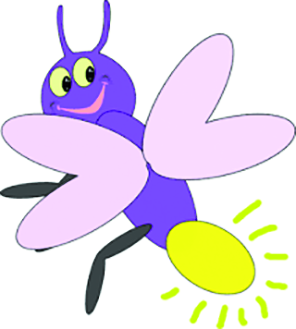Images of boll weevils, potato bugs and leaf beetles hardly help the general public to nurture their fondness for beetles. Suffice it to say that there is no shortage of beetles on the planet, as they make up the largest order of insects and are adaptable enough to dwell in diverse environments.
In order to pull off that Beetle-y appearance, these insects sport two pairs of wings, one pair neatly concealed under a hardened shell. They undergo a metamorphosis, starting as an egg, hatching into larvae(usually adorable grubs), change into some type of pupa stage before becoming the adult that resides under rotting logs or a host plant.
It’s true that many varieties are pests eating our crops and setting up shop in gardens across the globe. I’ll give it to you that they might not be all about portion control. But, some beetles score higher points in terms of popularity as they breakdown animal debris, or eat other insects.
Several species have really nifty adaptations which elevate their status. There are a few varieties which I hold near and dear to my heart and I suspect many readers may share these feelings. It’s pretty hard not to love the dung beetle. Thanks to the modern invention of television, and the National Geographic channel, most of us have caught a glimpse of these persistent beetles madly rolling balls of dung, 50 times their size.
My children caught wind of this at an early age and would get off the bus and spend all afternoon, when they should have been doing their homework, mimicking the dung beetles behavior. In the winter, the couch cushions would stand in for the dung; in warmer weather, rocks or balls of turf would suffice. I’m quite sure our neighbors turned their eyes the other way so they wouldn’t have to watch my three urchins madly getting in touch with their inner beetle. Sad for us, the dung beetles live across the planet but we don’t need a passport to celebrate a more local beetle. These summer evenings, our resident beetles are putting on a display worth staying up for.
 In fields and hedgerows across our town, fireflies are putting on a glorious show of twinkling lights. They use modified fat cells to produce light, which in turn attracts a mate. Once again, proving that the tiniest of creatures still have something on us! And, believe me, I would like to hop on that adaptive bandwagon as their display seems like the ultimate in party tricks.
In fields and hedgerows across our town, fireflies are putting on a glorious show of twinkling lights. They use modified fat cells to produce light, which in turn attracts a mate. Once again, proving that the tiniest of creatures still have something on us! And, believe me, I would like to hop on that adaptive bandwagon as their display seems like the ultimate in party tricks.
So, it’s worth pulling up a chair when the sun has set to take in this phenomenon which only happens for a few weeks each summer. And, while you are witnessing this show, you might just put firefly at the top of your list of favorite beetles. That is, unless you prefer the ones from Liverpool.